Why is blood red? This color has such a rich symbolism in human history - in art, literature, religion (e.g., Catholic Cardinals wear red robes to symbolize the blood of Christ). #HematologyTweetstory28 considers the color of human blood...and how it might have been different./1
Color is of determined by what portion of the visible light spectrum (~390-700 nm) a material absorbs versus reflects, which determines the range of wavelengths of electromagnetic radiation that hit & stimulate our sensitive retinal photoreceptors. (Image: @nlm_news)/2
8% of men have "color vision deficiency" & can’t see part of the spectrum - e.g., one of my heroes, the late Gordon Dewald (1933-2010), @MayoClinic Cytogenetics Head. When Gordie started in the 1960s, karyotyping was B&W. It was a challenge for him to adjust to red-green FISH!/3
You may have been told at some point that the red color of blood is from oxygenated iron in hemoglobin. The person who told you this may even have made an analogy with rust: after all, rust (iron oxide) does have a reddish hue & iron-laden organs in hemochromatosis change color.
But the reddish color of hemoglobin derives largely from the *porphyrin ring* to which the iron is bound to form “heme” (porphyrin+iron=heme), not just the iron itself. Heme absorbs blue/green & reflects reddish hues, so that’s what we see. (Source for LL: American Scientist)./5
Porphyrins tend to have a brilliant color chemistry. Their name comes from Greek πορφύρα (porphyra), meaning purple. A really nicely illustrated discussion is at Physics Open Lab: http://physicsopenlab.org/2016/07/04/porphyrins-the-colors-of-life/">https://physicsopenlab.org/2016/07/0... We’ll talk about porphyrins & porphyria in a future HematologyTweetstory./6
Not that iron itself doesn’t matter! The slight difference in color between arterial & venous blood, for instance, results from the state of the iron ion (ferrous vs ferric), which influences the π → π* and n → π* electronic transitions of porphyrin and optical properties./7
Pulse oximeters, developed in the early 1980s, take advantage of such color shifts. These clever little devices compare light absorption at ~660 vs 940 nm and then use this measurement to calculate the proportion of hemoglobin that is in the oxygenated state ("O2 saturation")./8
Most mammals have red-looking blood...but not all. The green-blooded skink of New Guinea has hemoglobin yet its blood & muscles are lime-colored due to enormously high concentrations of biliverdin. (The function of this high biliverdin level, lethal to non-skinks, is unknown.)/9
Human blood also occasionally takes on shades other than red, such as the greenish tinge of sulfhemoglobin or the chocolate-brown hue of methemoglobin (image: Medscape). I have seen plasma that is green due to drugs too, e.g. estrogens./10
The more socially pernicious concept of elite human “blue blood” originated with the Spanish "sangre azul", a medieval term used by leading Iberian families to underscore their nobility. But this descriptor was really about melanin, not hemoglobin.../11
Rich, pale-skinned Spaniards would point to their veins to highlight: 1) they weren& #39;t descended from darker-skinned Moors; 2) they did not need to work outside so were not tanned. In fact, human “blue blood” is a result of light scatter from walls of blood vessels, not blood./12
An octopus, in contrast, has genuinely blue blood. Octopi use hemocyanin as a respiratory pigment (so do some other mollusks). Hemocyanin is copper-containing, cell-free, a brilliant sapphire when oxygenated and nearly colorless when deoxygenated. Cool LR image: @compoundchem /13
Some people do think venous blood is blue. They look at their wrists and see blue vessels (here& #39;s mine, with some blueberries for comparison). But that& #39;s an optical illusion reinforced by misleading schematics in textbooks, including Frank Netter& #39;s./14
The sea squirt and a few related marine organisms have yet another kind of pigment in their “blood”: vanabin, a vanadium-binding metalloprotein that can be green, blue, or orange and circulates in a cell called a vanadocyte. Not entirely clear what it does./15
@leonard_zon @BostonChildrens bestows wine-inspired names on the pale mutant zebrafish his lab uses to study hematopoiesis, including Shiraz, Sauternes, Chianti (depicted L), & Zinfandel. These anemic fish make don& #39;t measure up to a deep red Burgundy or Brunello di Montalcino./16
The ocellated Antarctic icefish, a scaleless organism that lives only in the frigid Southern Ocean, has clear-colored blood without hemoglobin or hemocyanin. Cold water can hold a higher dissolved concentration of O2 than warm, so icefish apparently get enough O2 by diffusion./17
Now beyond earth: Star Trek’s Mr. Spock famously had green blood, allegedly because Vulcan oxygen-containing pigment is, like the octopus, copper-based. Incidentally Vulcan “green cells” – we can’t call them erythrocytes or red cells – are lentil-shaped rather than biconcave./18
Ash, the nearly immortal android in 1979’s creepy Alien film, “bled” a sticky white goo. And video game and anime characters often spray pixelated orange, yellow, black, or purple liquids when injured, presumably to emphasize how weird they are. It is even a "TV trope"./19
You can read more about this in an @ASHClinicalNews article from last year (oh how I miss last year): https://www.ashclinicalnews.org/viewpoints/color-blood-exohematology/">https://www.ashclinicalnews.org/viewpoint...
One footnote: a related misconception is that urine is yellow because of bilirubin. I think this idea arises because people with bile duct obstruction become jaundiced and yellow & urine does change color in hyperbilirubinemia. Bilirubin is excreted as bile... /21
...which is further degraded by microbes present in the large intestine to urobilinogen. Urobilinogen that remains in colon becomes stercobilin, which makes feces brown/tan. Urobilinogen that is oxidized to urobilin/urochrome turns urine yellow. And that& #39;s a good way to end? https://abs.twimg.com/emoji/v2/... draggable="false" alt="💩" title="Dreckshaufen" aria-label="Emoji: Dreckshaufen">/22
https://abs.twimg.com/emoji/v2/... draggable="false" alt="💩" title="Dreckshaufen" aria-label="Emoji: Dreckshaufen">/22
PS: I always notice a few typos in these threads after I post & wish I could edit them later. I usually write the text out in a Word document in ~280 character blocks, but sometimes it turns out to be a little off; I then have to edit & reformat to fit, and may goof. Apologies  https://abs.twimg.com/emoji/v2/... draggable="false" alt="🙁" title="Leicht stirnrunzelndes Gesicht" aria-label="Emoji: Leicht stirnrunzelndes Gesicht">
https://abs.twimg.com/emoji/v2/... draggable="false" alt="🙁" title="Leicht stirnrunzelndes Gesicht" aria-label="Emoji: Leicht stirnrunzelndes Gesicht">

 Read on Twitter
Read on Twitter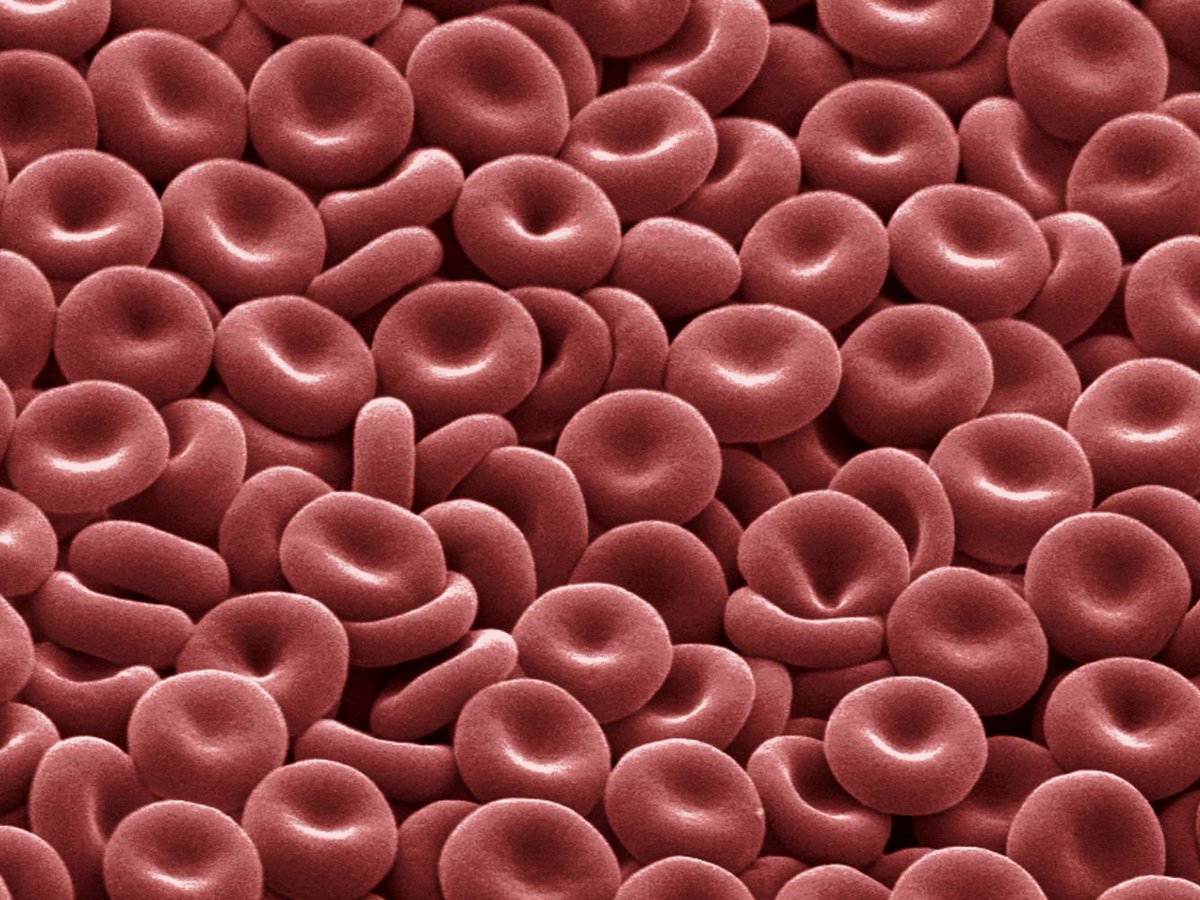
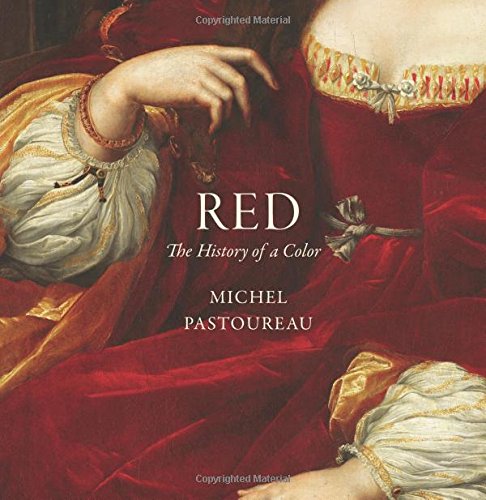
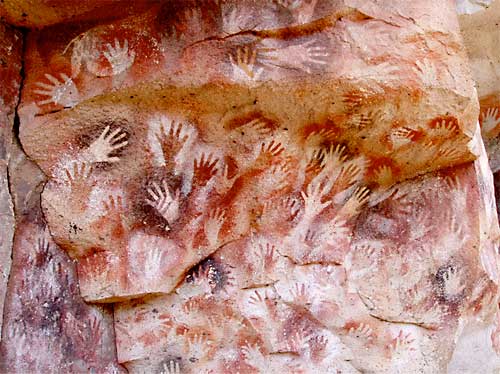

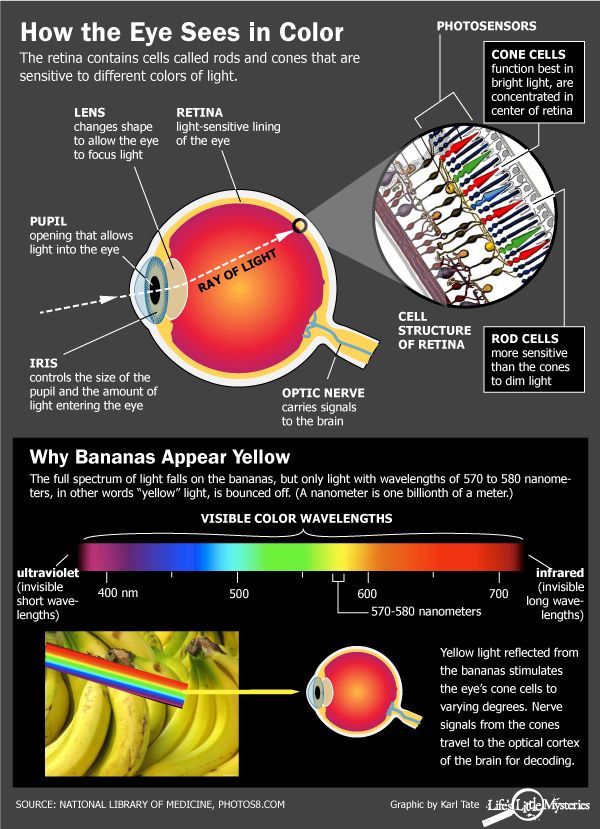

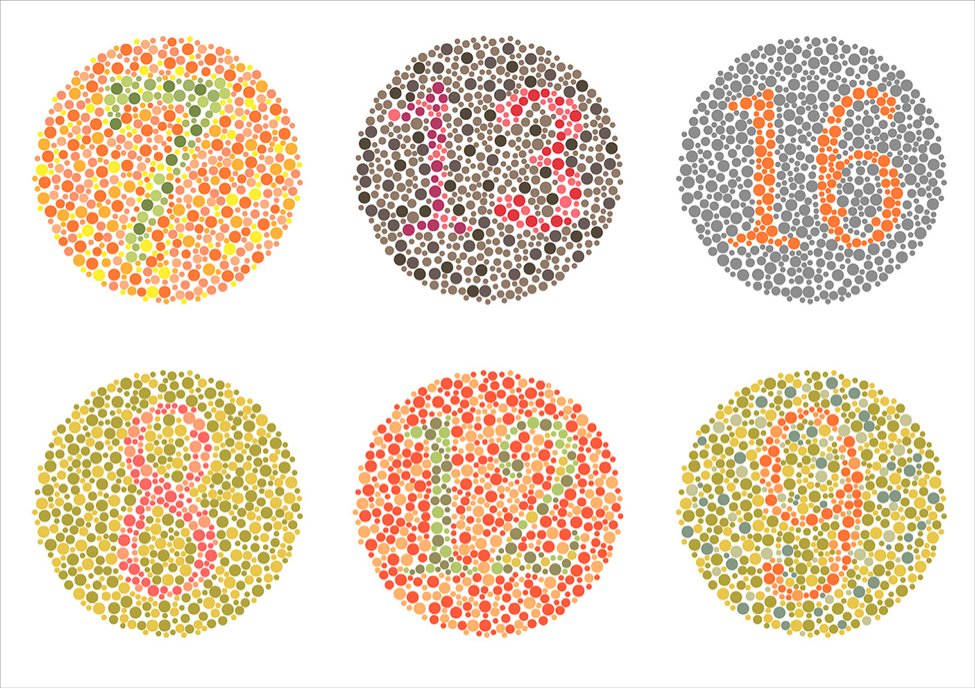
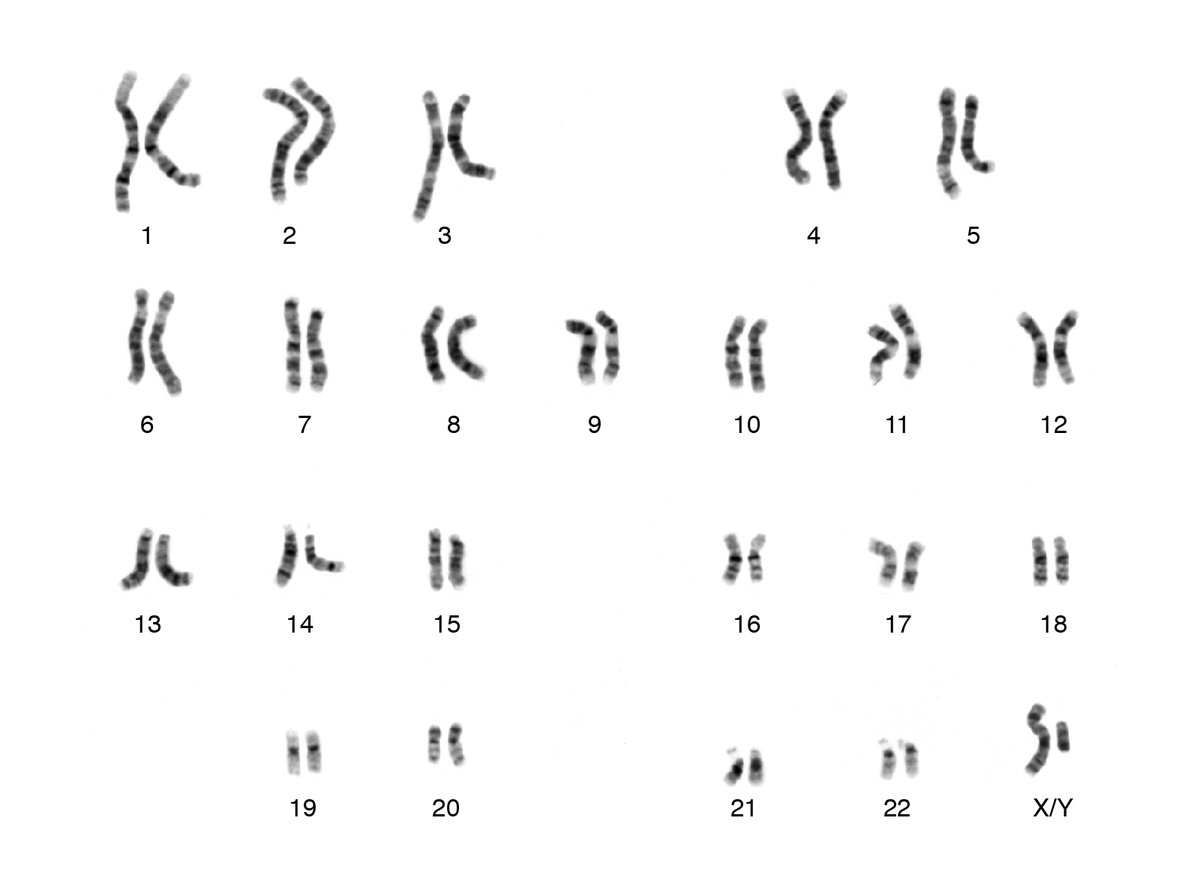
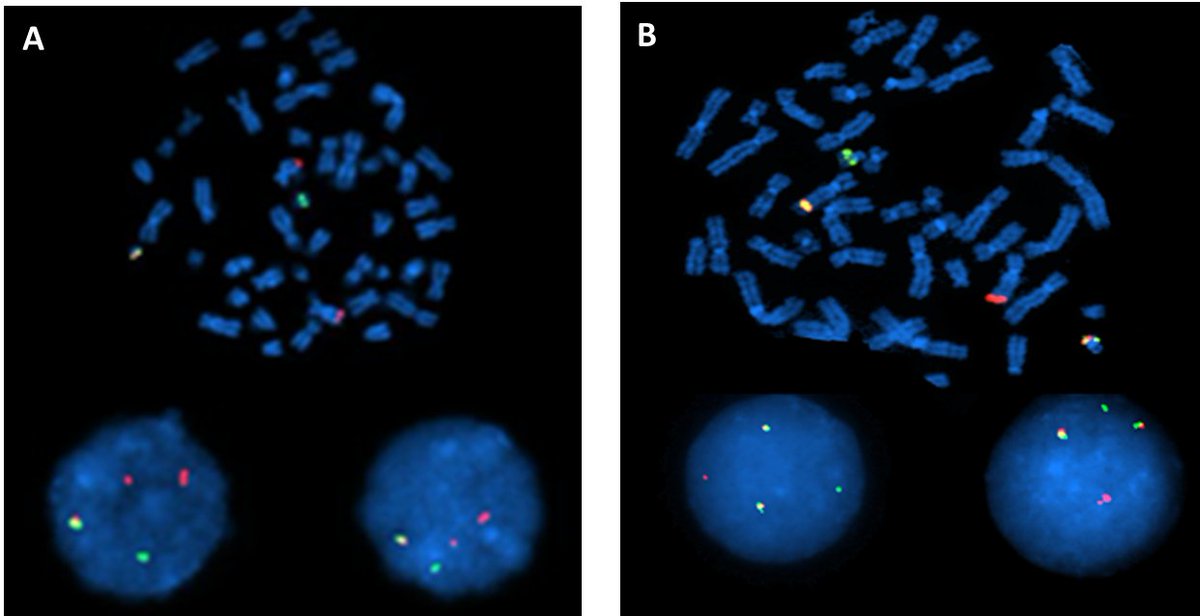

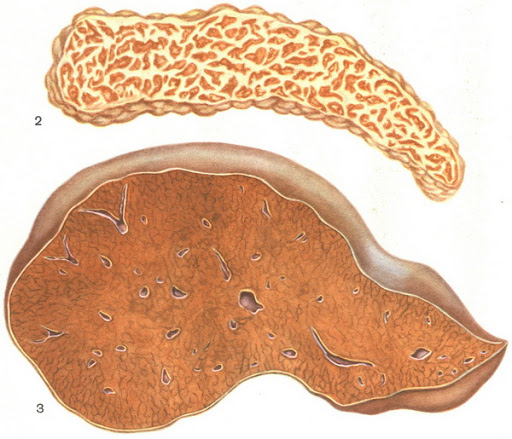

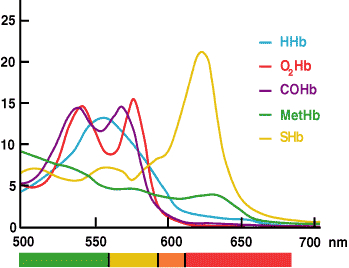


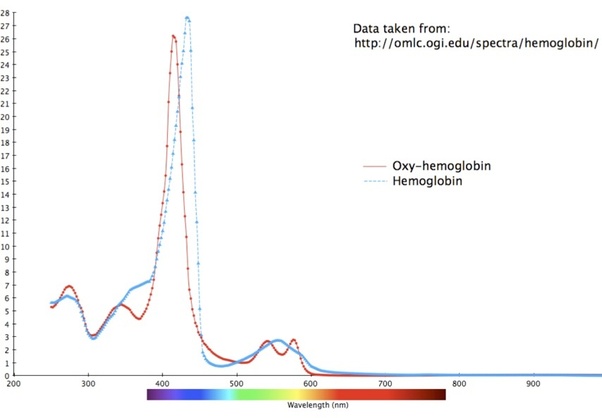
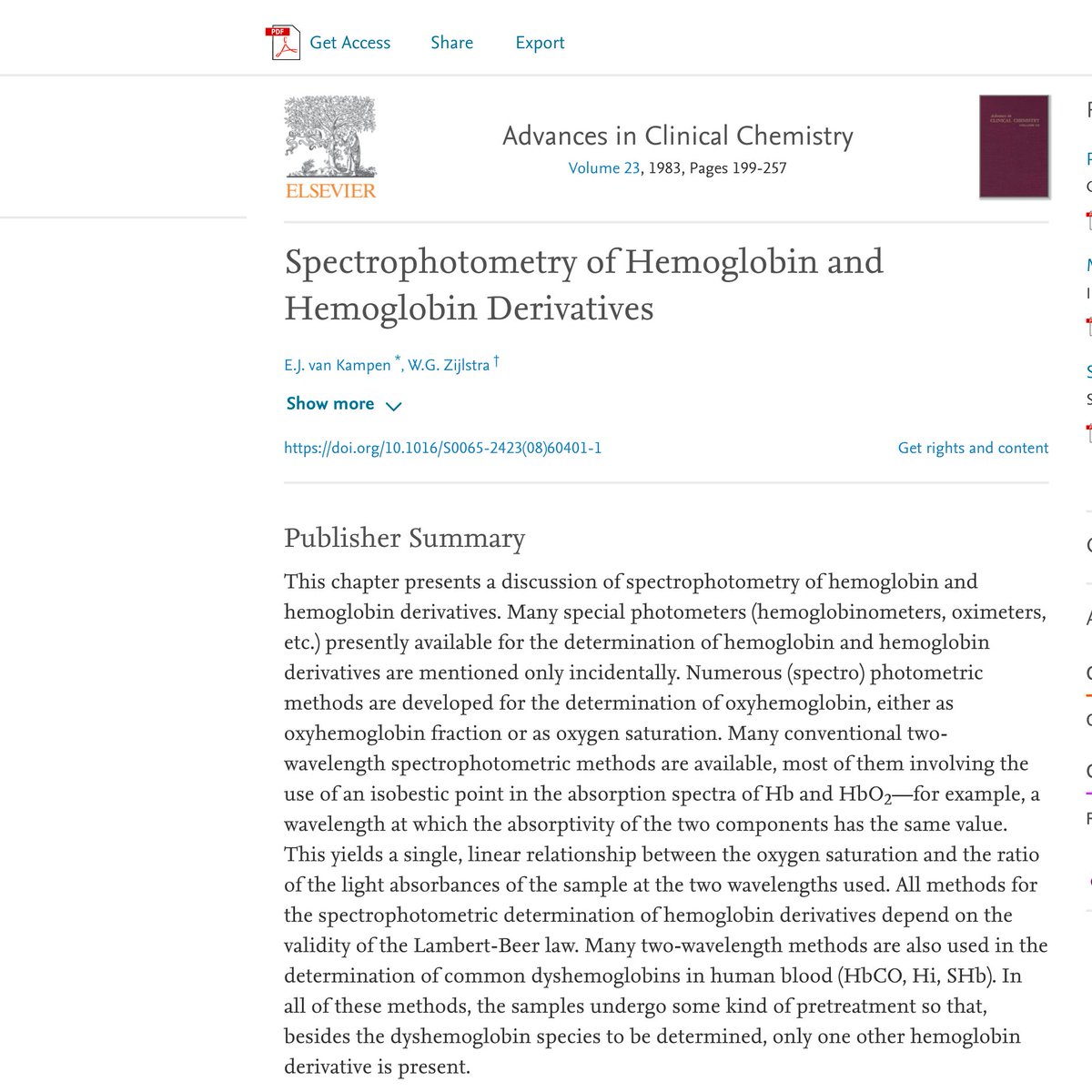
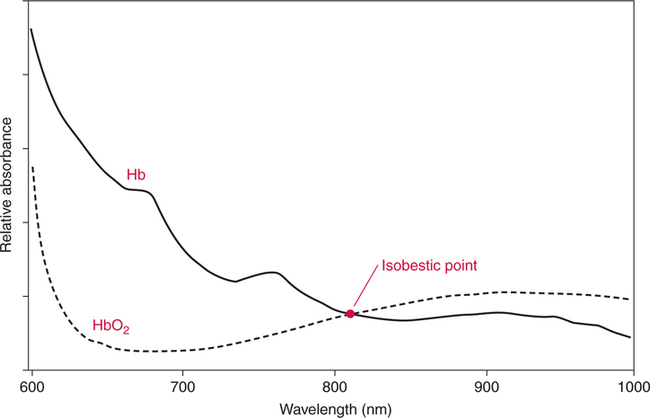


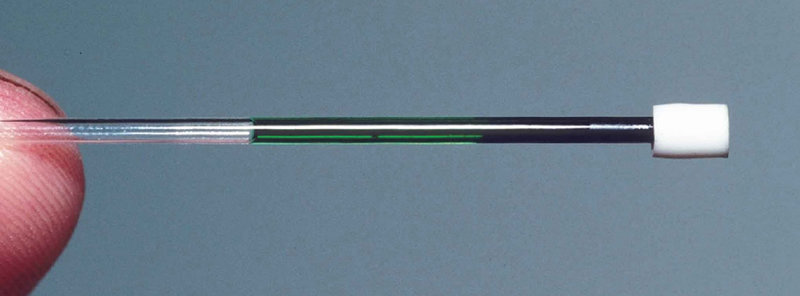
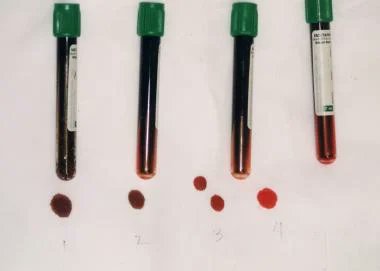
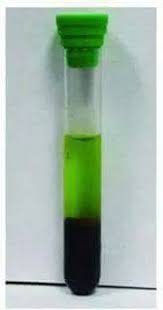
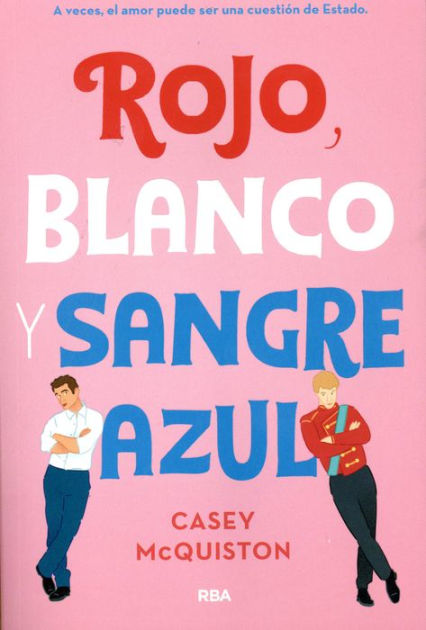
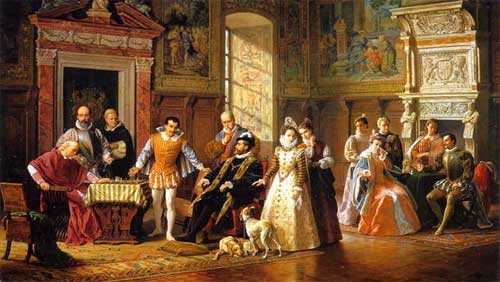

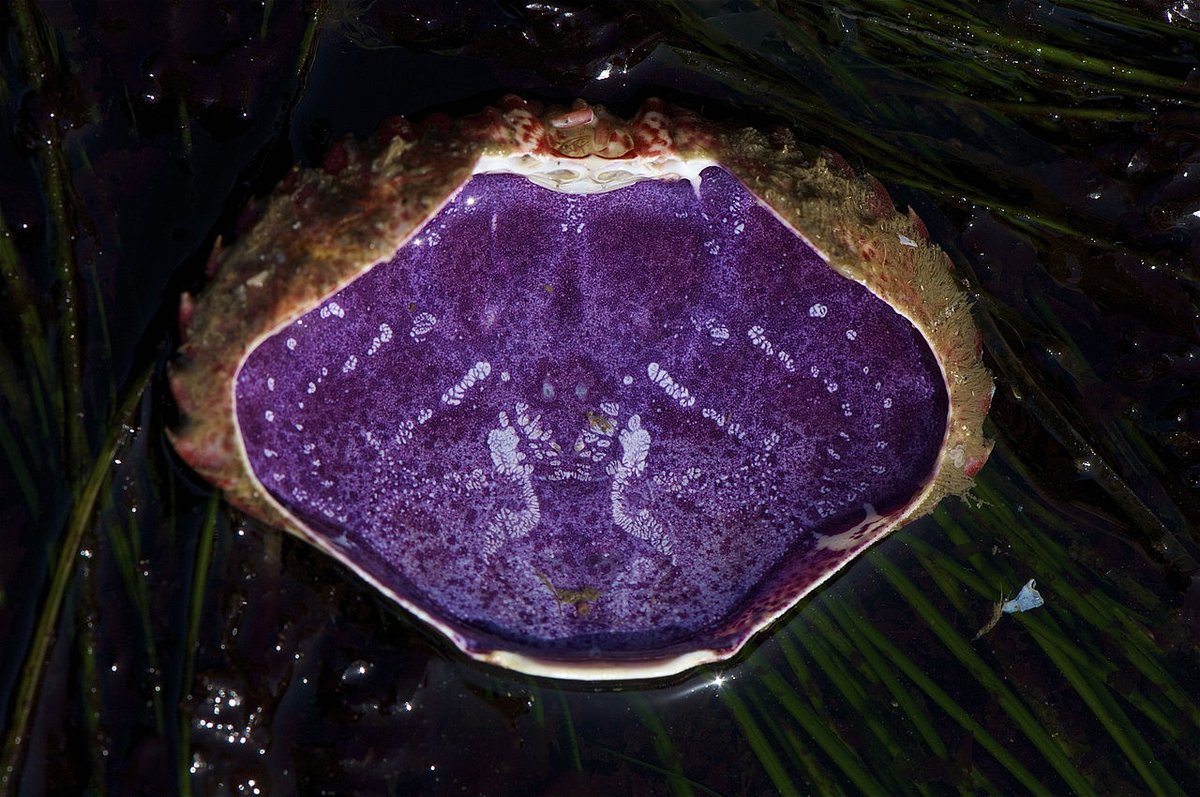
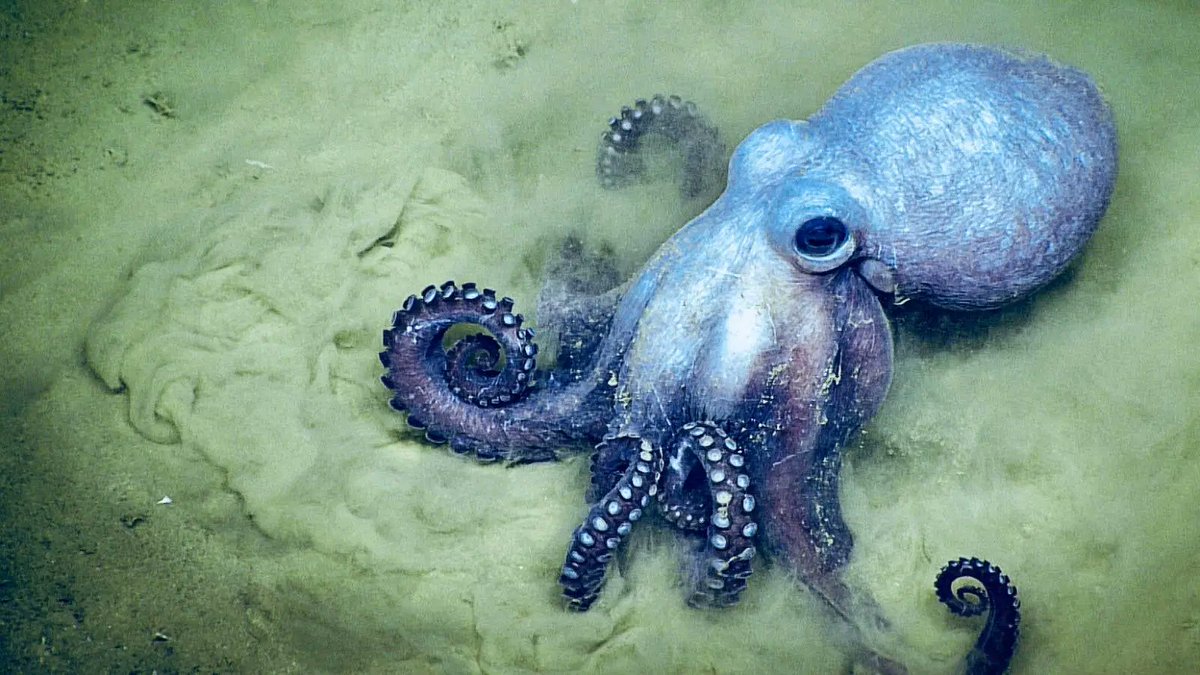
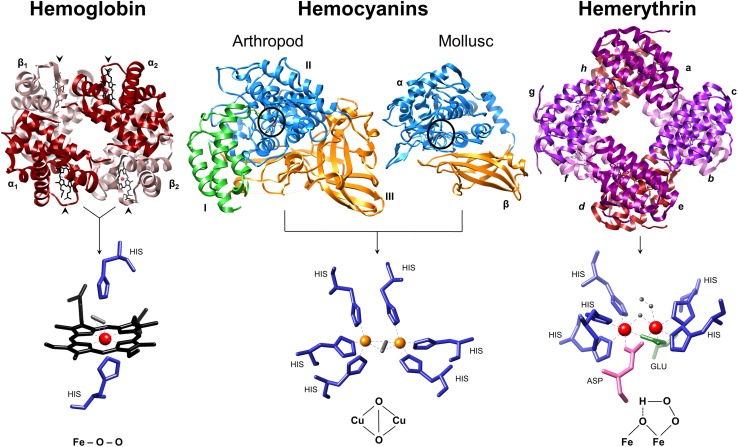
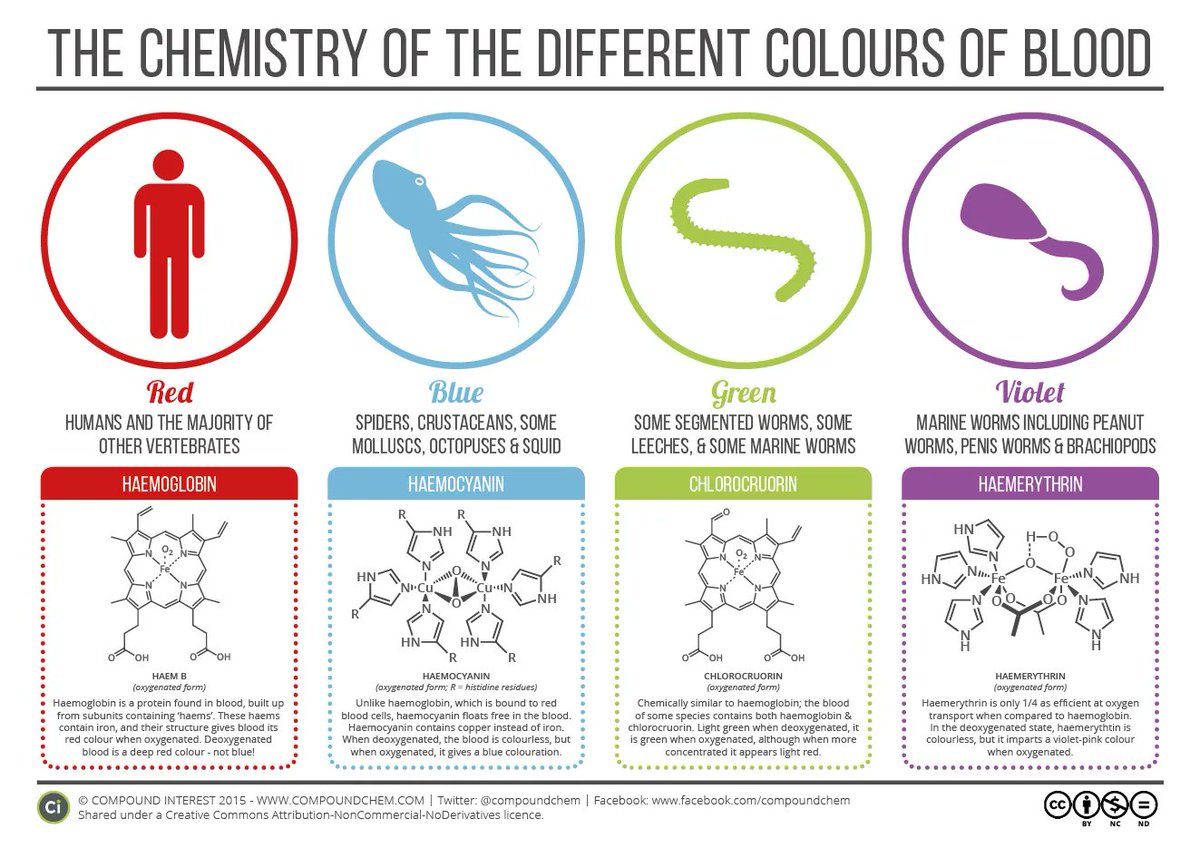

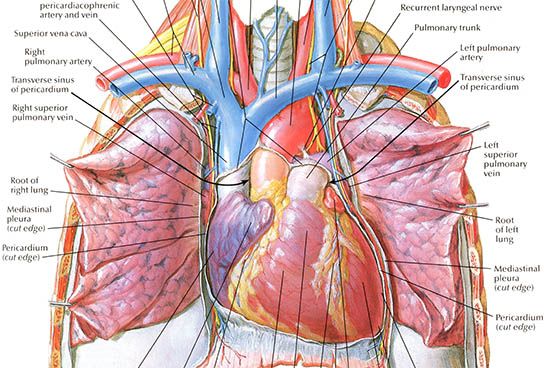
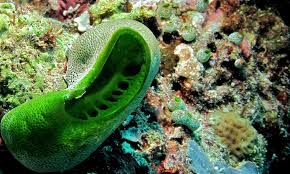
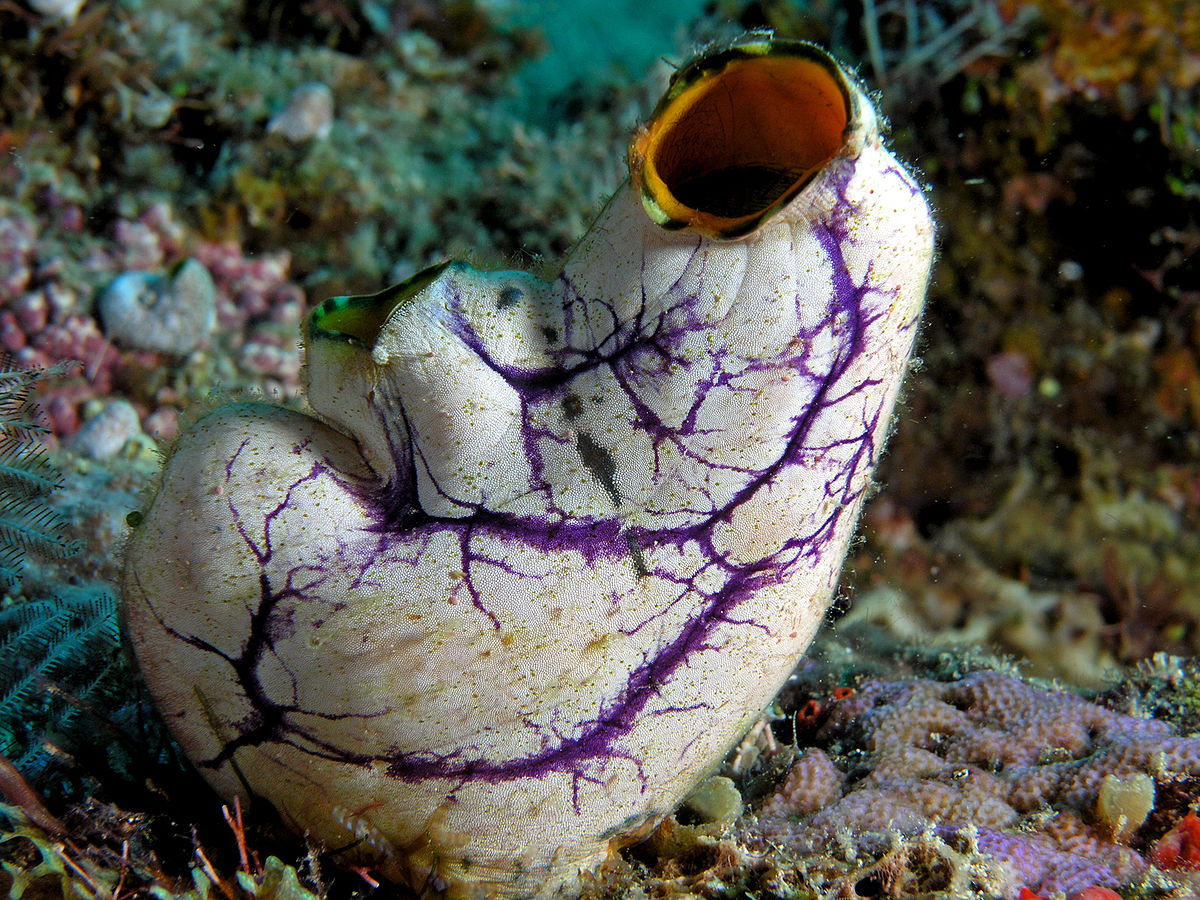
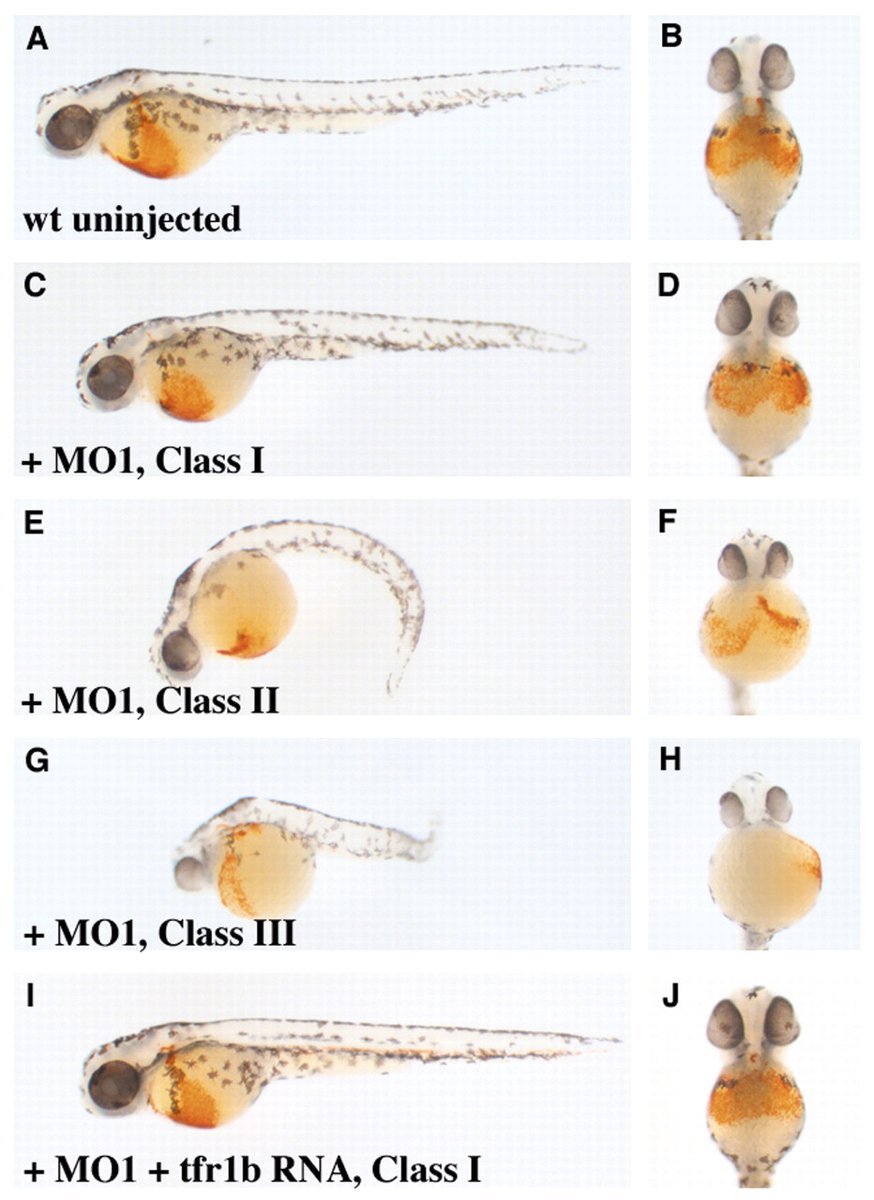

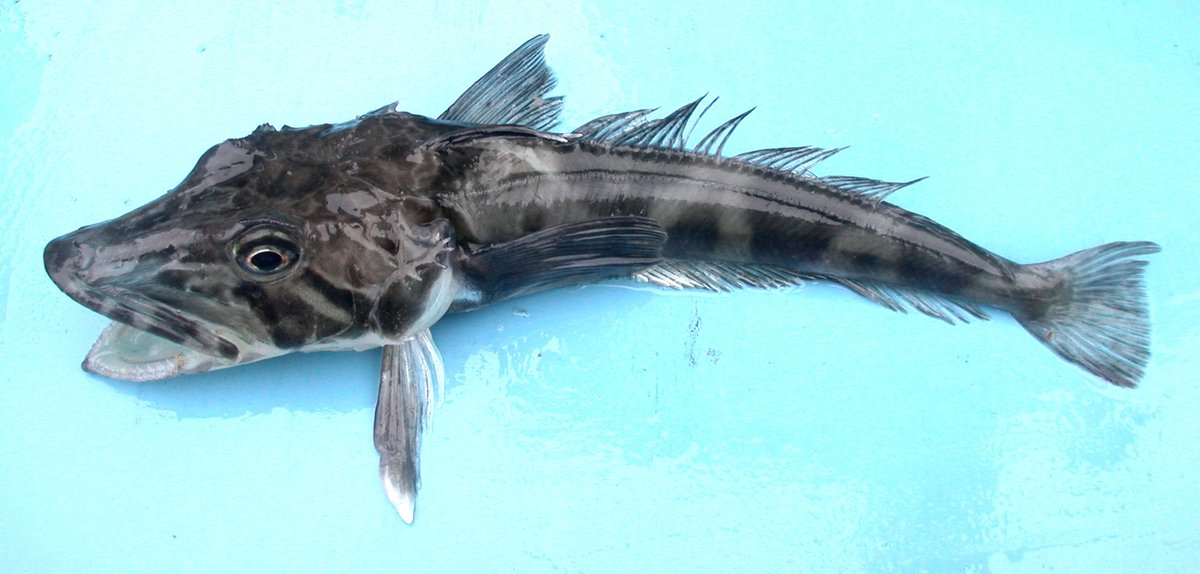



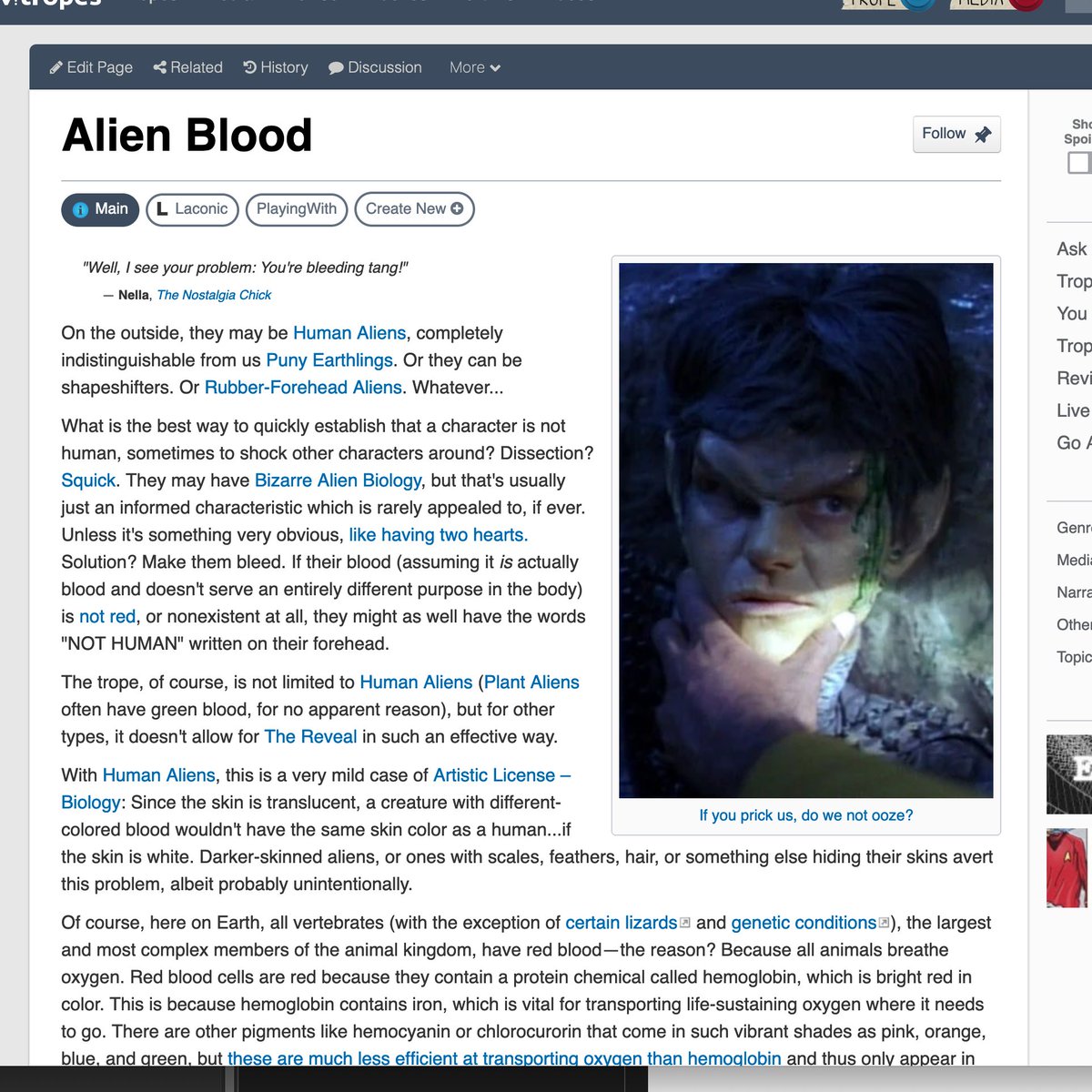
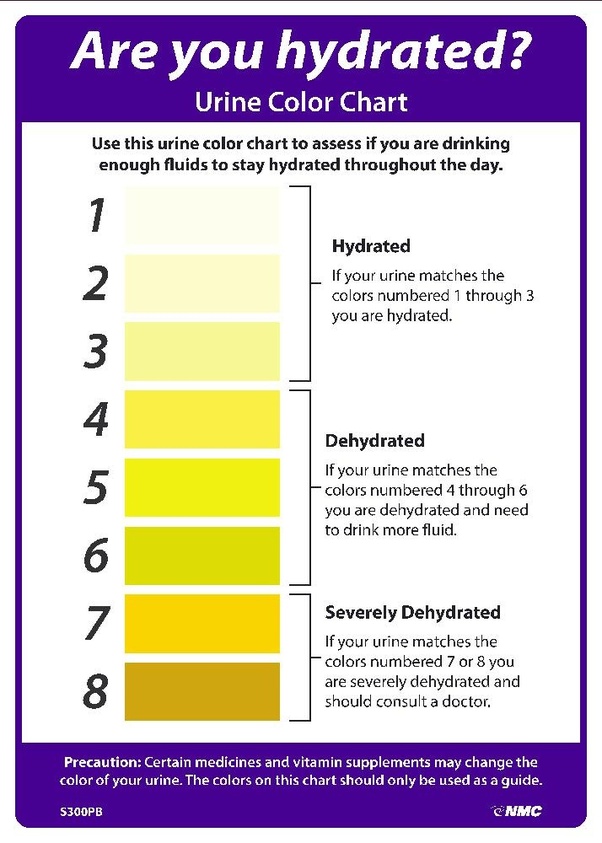

 /22" title="...which is further degraded by microbes present in the large intestine to urobilinogen. Urobilinogen that remains in colon becomes stercobilin, which makes feces brown/tan. Urobilinogen that is oxidized to urobilin/urochrome turns urine yellow. And that& #39;s a good way to end?https://abs.twimg.com/emoji/v2/... draggable="false" alt="💩" title="Dreckshaufen" aria-label="Emoji: Dreckshaufen">/22">
/22" title="...which is further degraded by microbes present in the large intestine to urobilinogen. Urobilinogen that remains in colon becomes stercobilin, which makes feces brown/tan. Urobilinogen that is oxidized to urobilin/urochrome turns urine yellow. And that& #39;s a good way to end?https://abs.twimg.com/emoji/v2/... draggable="false" alt="💩" title="Dreckshaufen" aria-label="Emoji: Dreckshaufen">/22">
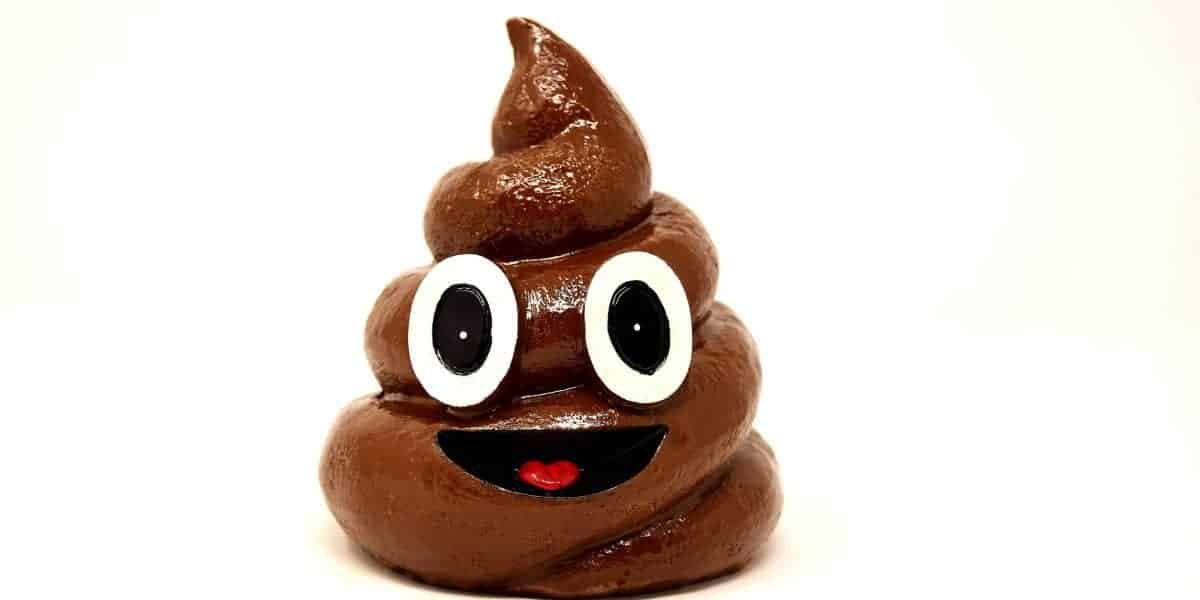 /22" title="...which is further degraded by microbes present in the large intestine to urobilinogen. Urobilinogen that remains in colon becomes stercobilin, which makes feces brown/tan. Urobilinogen that is oxidized to urobilin/urochrome turns urine yellow. And that& #39;s a good way to end?https://abs.twimg.com/emoji/v2/... draggable="false" alt="💩" title="Dreckshaufen" aria-label="Emoji: Dreckshaufen">/22">
/22" title="...which is further degraded by microbes present in the large intestine to urobilinogen. Urobilinogen that remains in colon becomes stercobilin, which makes feces brown/tan. Urobilinogen that is oxidized to urobilin/urochrome turns urine yellow. And that& #39;s a good way to end?https://abs.twimg.com/emoji/v2/... draggable="false" alt="💩" title="Dreckshaufen" aria-label="Emoji: Dreckshaufen">/22">


